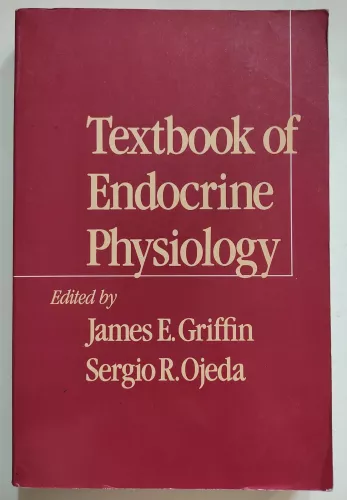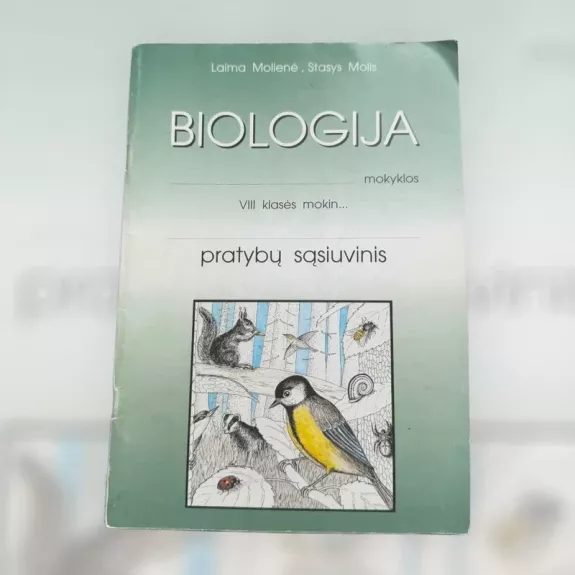
Textbook of endocrine physiology
The basis of this textbook is an endocrine physiology course run for many years at the University of Texas Southwestern Medical School, in which all the authors participated. Clear line drawings, in the same style, illustrate the lucid, accessible text. The thorough, balanced coverage of the Textbook ranges from molecular biology to the clinical assessment of endocrine function. It presents the structural organization of the endocrine glands; the chemical nature of the hormones they secrete; the function of these hormones in reproduction, growth and development, maintenance of the internal environment and the regulation of energy availability; the genetic control of hormone synthesis and the hormonal regulation of gene expression; the mechanisms of hormone action, with emphasis on receptor structure and function; the patterns of hormone secretion, emphasizing their pulsatile nature; the transport and metabolism of hormones; the feedback mechanisms that control their intracellular and extracellular levels; and the mechanisms of endocrine disease resulting from hormone excess, deficiency, and resistance. Readership: medical students.












